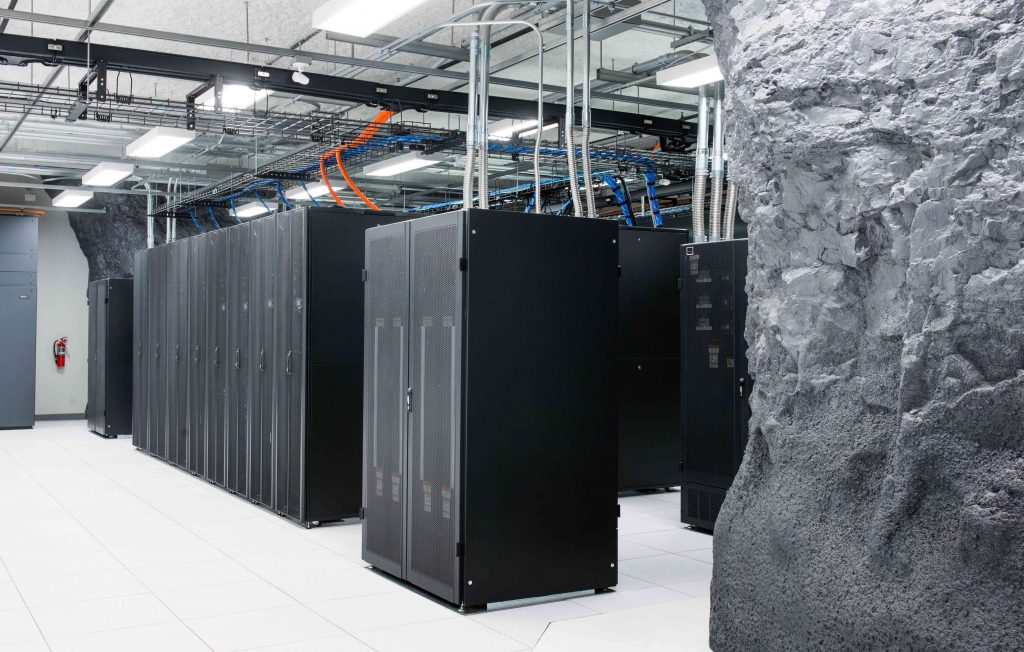Many data center customers are turning to underground data center providers because of the secure location. In theory, underground storage sounds like the safest bet in terms of natural disaster protection. Yet, if providers aren’t going beyond physical security measures, they are putting customers and their data at risk.
Currently, there is a rise of data center customers across the country experiencing early equipment failures due to underground storage. This kind of environment has resulted in excess heat and air quality issues in a data center facility, causing corrosion and costing customers thousands of crucial dollars and cutting short the life of their equipment by a number of years.
Underground data centers can be the safest space to store data, unless the infrastructure lacks an all-encompassing security strategy. Here’s what organizations can do to avoid equipment failure in underground storage:
Know your Provider
When choosing a data center infrastructure provider, it is important to understand what certifications and security processes they have in place. A provider should remain up to date on all of the most vital compliance regulations and remain committed to working with customers as their colocation partner.
Real-Time Air Quality Monitoring
Changing, maintaining and monitoring data center environmental conditions are of importance to IT and power equipment. The American Society of Heating, Refrigeration and Air-Conditioning Engineers (ASHRAE) issued its first thermal guidelines for data centers in 2004. The current 2015 ASHRAE thermal guidelines now contain an important change in the way temperature rate of change is specified. This new change calls out a maximum temperature change in an hour rather than an absolute rate of temperature change.
All of LightEdge’s data center facilities have a real-time air quality monitoring platform to ensure conformance with ASHRAE TC 9.9 standards for A1 environments.
Cooling and Monitoring
Cooling is a major cost factor in data centers, and if implemented poorly, can cause equipment failures. According to the Cisco Unified Computing System Site Planning Guide for Data Center Power and Cooling, best practices for data center airflow management include either a hot-aisle and cold aisle layout, or a raised floor cooling layout.
LightEdge uses redundant Liebert DS chilled water cooling systems that are implemented and monitored in each of our data center facilities to ensure that servers are always kept at their optimal operating temperature. All of the LightEdge data center facilities and equipment are monitored by expert Network Operations Center (NOC) staff 24x7x365. The NOC is always staffed and monitored by a live technician.
Not sure where to begin?
At LightEdge, we strive to keep you in top working order for the full life of your equipment, meaning no downtime and less costly repairs and replacements. All customer equipment at our facility is in an open-air environment protected by a retaining wall, which means optimal temperature and air quality through ongoing monitoring and management. If you’ve been experiencing issues with your current data center’s equipment storage, we want to talk to you. Get in touch with an expert here.
Check out any of our Midwest data center facilities, including our underground Kansas City, MO data center that has active monitoring of air quality on an ongoing basis through LightEdge’s real-time air quality.




